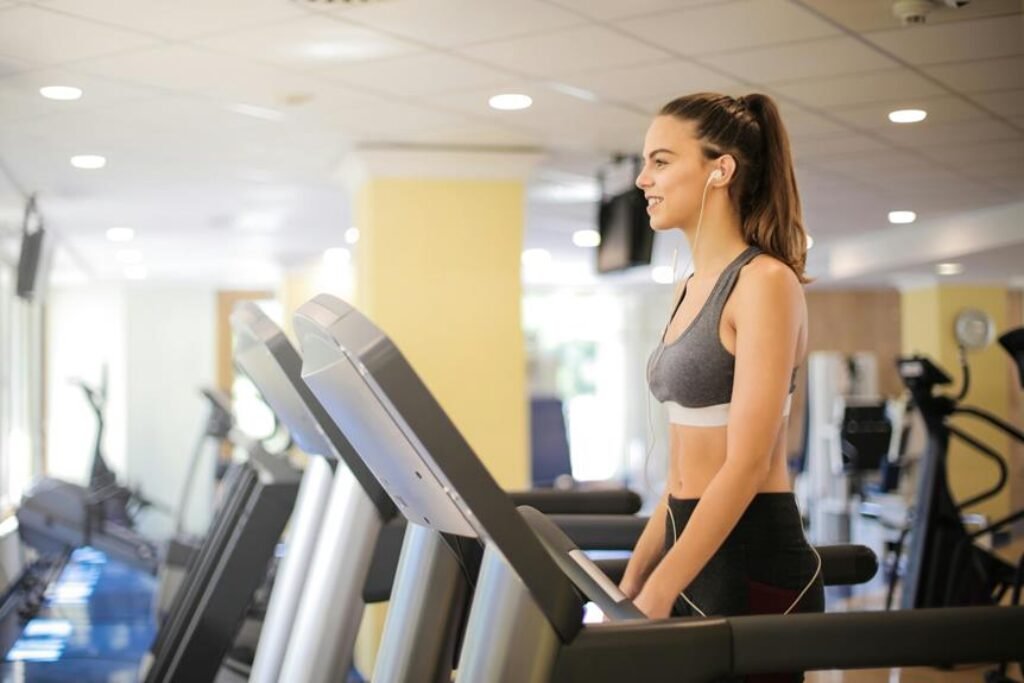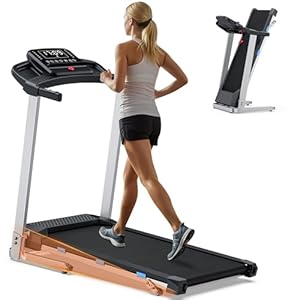
You’ve decided to lace up those running shoes and hit the pavement in pursuit of weight loss. But where do you begin? Understanding the basics of running for weight loss is crucial, from setting realistic goals to choosing the right gear. As you start this journey, remember that consistency and patience are key. Stay tuned to discover how each step you take can bring you closer to your fitness goals and a healthier lifestyle.
Benefits of Running for Weight Loss
Running for weight loss offers numerous benefits that go beyond just shedding extra pounds. When you hit the pavement or trail, your body kicks into high gear, burning calories and boosting your metabolism. But the advantages extend far beyond the physical changes you’ll see in the mirror. Running releases endorphins, those feel-good hormones that can uplift your mood and reduce stress levels.
The sense of accomplishment after completing a run can boost your confidence and motivation, spurring you on to tackle other challenges in your life.
As you continue your running journey, you’ll likely notice improvements in your cardiovascular health. Your heart becomes stronger, pumping blood more efficiently and reducing your risk of heart disease. Running also helps strengthen your muscles and joints, providing better support for your body as you move through your day.
Plus, the fresh air and sunshine you get while running can improve your overall well-being, enhancing your mental clarity and focus. So, lace up those shoes and hit the road – your body and mind will thank you for it.
Essential Gear for Beginner Runners
When beginning your running journey as a beginner, having the right gear is essential for comfort and performance. The most important piece of gear for a beginner runner is a good pair of running shoes. Make sure to visit a specialty running store to get properly fitted for shoes that suit your foot shape and running style.
Investing in moisture-wicking clothing can also help keep you dry and comfortable during your runs. A supportive sports bra is crucial for female runners to prevent discomfort and injury. Consider wearing technical running socks to prevent blisters and ensure proper foot protection.
Depending on the weather, you may need additional gear such as a lightweight jacket, hat, or gloves. And don’t forget about safety—wearing reflective gear if you run in low-light conditions is imperative. As a beginner, start with these essential gear items to set yourself up for a successful and enjoyable running experience.
Structuring Your Running Routine
To optimize your progress and enhance your overall running experience, structuring your running routine effectively is key. Begin by setting achievable goals based on your fitness level. A good starting point for beginners is running three times a week. Incorporate rest days to allow your body to recover and prevent injuries. Consistency is crucial, so try to stick to a regular schedule.
When structuring your running routine, focus on gradually increasing your mileage. Start with shorter distances and slowly build up to longer runs as your endurance improves. Listen to your body and don’t push yourself too hard too soon. It’s better to progress slowly and avoid burnout or injuries.
Consider adding variety to your routine by including different types of runs, such as intervals, tempo runs, and long easy runs. Mixing up your workouts not only keeps things interesting but also helps improve your overall fitness levels. Remember to warm up before each run and cool down afterward to aid in recovery. By structuring your running routine thoughtfully, you’ll be on your way to achieving your weight loss goals.
Tips for Safe and Effective Running
For a safe and effective running experience, prioritizing proper form and posture is essential. Maintaining a straight back, relaxed shoulders, and a slight lean forward from the ankles helps reduce the risk of injury and improves overall running efficiency. Focus on landing mid-foot with each step to lessen the impact on your joints and lower legs. It’s also crucial to wear appropriate footwear that provides adequate support and cushioning for your feet.
Hydration plays a significant role in your running performance. Ensure you drink enough water before, during, and after your run to prevent dehydration and maintain optimal energy levels. Additionally, warming up before your run with dynamic stretches or a light jog can help prepare your muscles for the workout ahead and decrease the likelihood of strains or sprains.
Lastly, listen to your body. If you experience persistent pain or discomfort while running, don’t push through it. Take a break, rest, and seek advice from a healthcare professional if needed. By paying attention to your form, staying hydrated, and respecting your body’s limits, you can make your running routine safer and more effective.
Running














